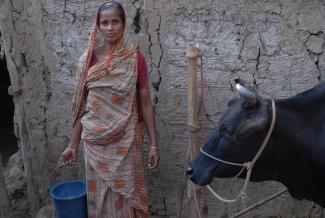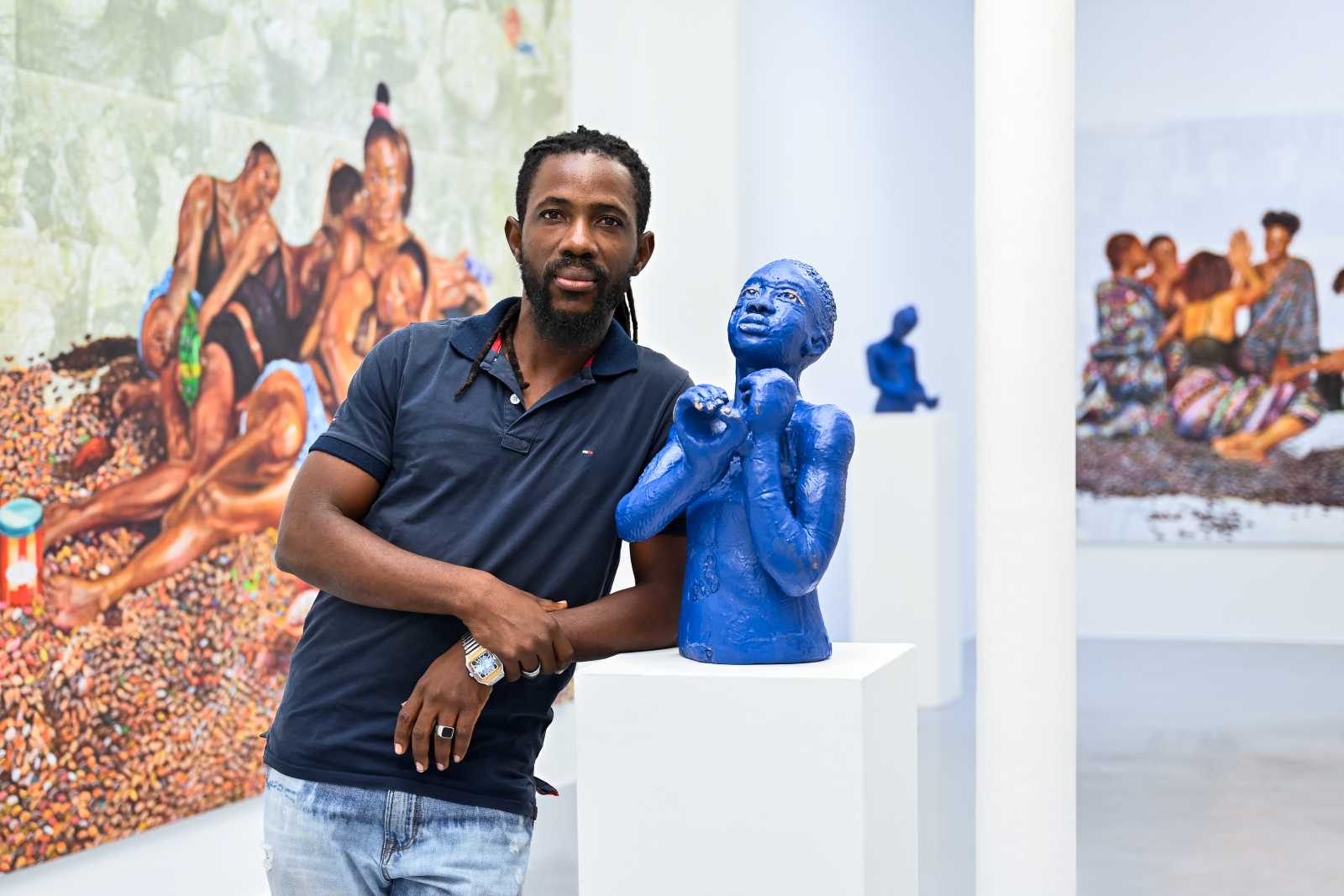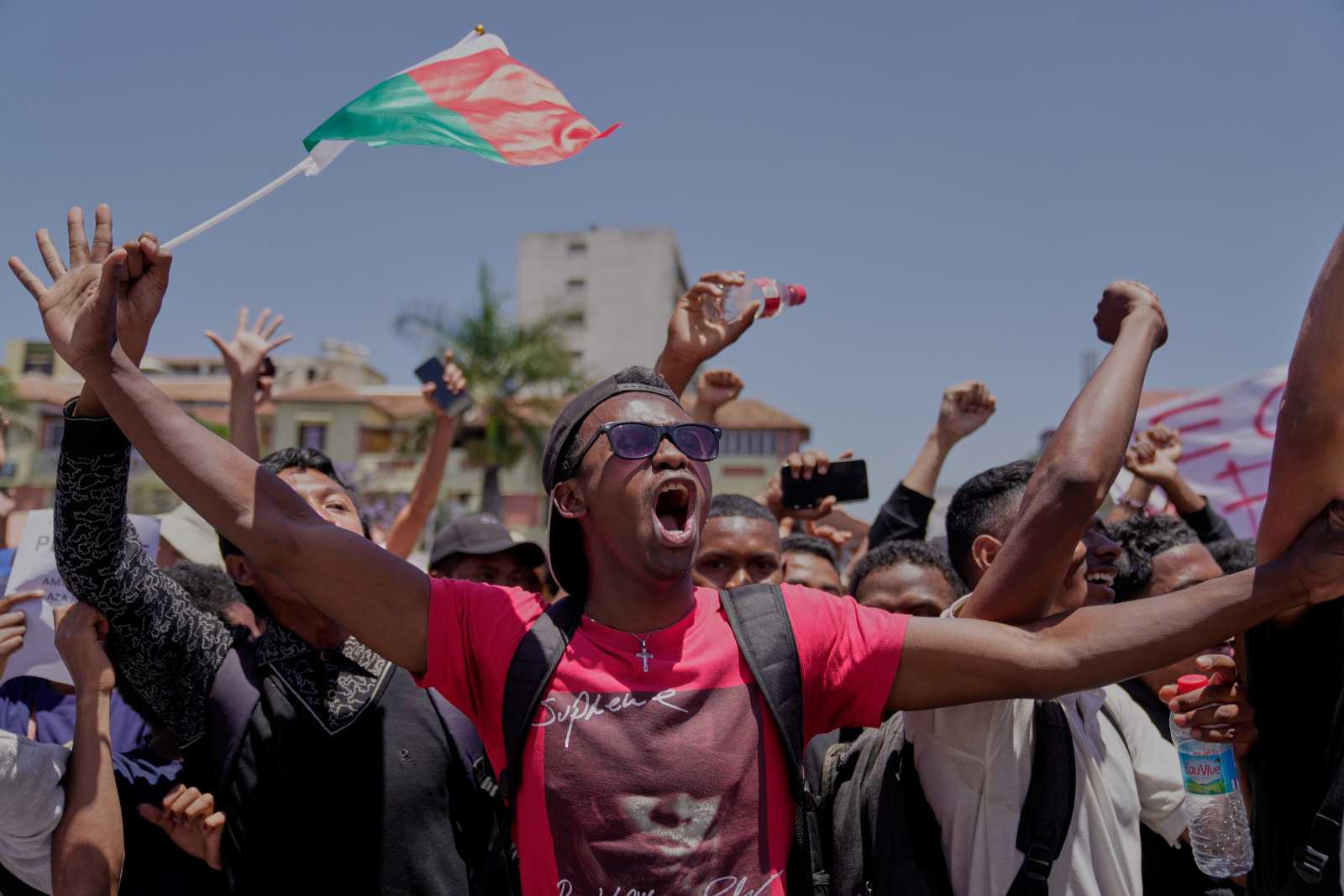Bangladesh
Enduring misery

Rice is the staple food of Bengalis. It provides more than 70 % of their caloric intake. In our language, rice and food are synonymous. But no one wants to eat rice simply with salt. Eating rice by itself is an indication of low purchasing power. Over four decades, my research has shown that people’s dietary diversity directly reflects their levels of income.
For average people, the dietary diversity remains quite low. The Bangladesh Institute of Development Studies (BIDS) reported in 2008 that 76 % of an average person’s caloric intake comes from cereals (mainly rice), 17 % from other plant sources and only six percent from animal sources (primarily fish).
Just about enough
According to the BIDS, moreover, people only get 1,894 kilocalories per day on average. That is slightly more than the minimum need, but less than recommended by health experts. As wealthy people eat more than the average person, many poor people certainly get less calories than they need. Of six major South Asian countries, Bangladesh is most food-insecure to judge by the Global Food Security Index.
Bangladesh is indeed still a very poor country. According to the Bangladesh Bureau of Statistics, about 40 % of the population lives in poverty and 20 % in extreme poverty.
The government of Bangladesh runs several social safety-net programmes, but the country only spends 0.8 % of its gross domestic product (GDP) on such measures. That ratio is far below what other countries in our world region afford. Existing safety-net programmes cover only a small portion of the population. At the same time, non-governmental organisations (NGOs) run a wide range of programmes to alleviate poverty and ensure food security for the poor and the ultra poor (see box on next page).
Bangladesh is most suitable for growing rice. The huge delta of the Ganges, Meghna and Brahaputra rivers has very fertile soils. Indeed, the rice production has trebled while the population doubled since the 1970s. Bangladesh has become almost self-sufficient in rice production. The country only imports five percent of its need in regular years.
Nonetheless, Bangladesh still had the highest percentage (26 %) of undernourished people in South Asia at the end of the past decade according to the UN Food and Agriculture Organization (FAO). The worst affected are the rural poor. Many people do not own land or only very little land. They typically do low-paid work on other people’s farms. More than two thirds of them face food-insecurity in the lean seasons before the rice harvest, in September/October and March/April.
Some things have improved. The 4th Millennium Development Goal is to reduce under-five mortality by two thirds from 1990 to 2015. In Bangladesh, that aspiration has already come true. According to the United Nations Children’s Fund (UNICEF), the mortality rate in this age group has dropped from 143 of 1000 live births in 2000 to only 48 in 2010. Remarkable programmes to expand immunisation, improve vitamin A supplementation in food and the iodisation of salt have contributed to this success.
In the mid-90s, moreover, UNICEF reported that 50 % of all new born babies weighed less than 2.5 kilogramme, which means they were in the low-birth-weight category. By 2004, according to another UNICEF document, that share had dropped to 34 %. Data from the hospital Gonoshasthaya Kendra (GK), the health care NGO, runs in Dhaka confirms that trend.
Women and children suffer most
Nonetheless, chronic malnutrition of children remains a huge challenge. According to UNICEF, 37 % of children under five are under-weight, 49 % are stunted and 13.5 % suffer from acute malnutrition. The situation of many women is equally worrisome. More than 50 % suffer from chronic protein-energy malnutrition and micro-nutrient deficiencies. Iron deficiency, which leads to anaemia, affects adolescent girls and women of child-bearing age. Anaemic women are vulnerable to infections, which result in higher morbidity and mortality.
Among the poor, women tend to be the poorest. Growing up, girls are taught that willingness to sacrifice is a virtue. My field research in rural Bangladesh revealed that, when the supply of quality foods such as milk, fish and eggs becomes limited in poor households, women and adolescent girls deprive themselves, hoping the needs of male family members will be fulfilled.
Poor women hardly get access to productive resources, have no decision-making power and cannot control how their husband’s income is spent. If they earn money themselves, however, their husbands are likely to claim their entire income. I know of several cases where husbands even took the money their wives borrowed from micro-lenders and disappeared for several months. The poor wives were left with the burden of servicing their loan and supporting their families as best they could.
Women manage the household, so they have strategies for dealing with food insecurity. When times get tough, they reduce the amounts of non-cereal protein-rich food they serve their families. They also switch to other cereals such as wheat, and stretch the rice they cook with potatoes. Other desperate measures include cooking rice as gruel and collecting a wide variety of wild greens.
When restricting the diet no longer suffices, the women begin to look for jobs. They prefer traditional work in the villages, but if they cannot find any, they migrate to the cities. Those that perform hard physical labour, for instance on urban construction sites, normally expend more energy than what they get from their food intakes. When all coping strategies fail, the women begin to sell whatever assets they still have.
Whatever they do, however, the tragedy is that what allows them to survive day by day undermines their health and locks them ever more firmly into poverty. They are stuck in a trap they cannot escape.
Policy matters
Today, Bangladesh has enough rice available for all its people. Nonetheless, millions do not get what they need. The situation confirms Amartya Sen’s analysis of the great Bengal Famine of 1943 and other famines. Sen showed that people suffered not because there was no food, but because they were not entitled to food that was there. In Bangladesh, those who lack land, skills and other assets, are trapped in a vicious cycle of poverty. It is often argued that economic growth will reduce poverty and give people the food security they need. The truth is that growth alone won’t do. Bangladesh’s economy has been growing at an impressive rate of six percent annually in recent years – but the livelihoods of millions of poor people have not become better. Our country needs policies geared to improving their situation as well as policies to correct society’s gender bias. Otherwise, we will be unable to rise to the malnutrition challenge.
The constitution of Bangladesh defines food security as a human right and states that the government has the responsibility to feed its entire people. There have been remarkable achievements in past years, and non-governmental organisations as well as multilateral and bilateral donor agencies have made major contributions. The human right to food security, however, is still a vision, not reality.
Bangladesh’s record on eliminating food insecurity and malnutrition is far from satisfactory. Since 85 % of the poor live in rural areas, it is essential to focus on this group and enhance their capabilities to ensure food security long term. The profound gender bias as well as inequality regarding the access to land and other vital assets need to be tackled for food security to be achieved. Policymakers need to address rural poverty head on.
Najma Rizvi is professor of anthropology at Gono Bishwabidyalay (“People’s University”) in Dhaka. The university was started by Gonoshasthaya Kendra (“People’s Health Centre”), a non-governmental organisation focussing on health issues.
nrizvi08@gmail.com







